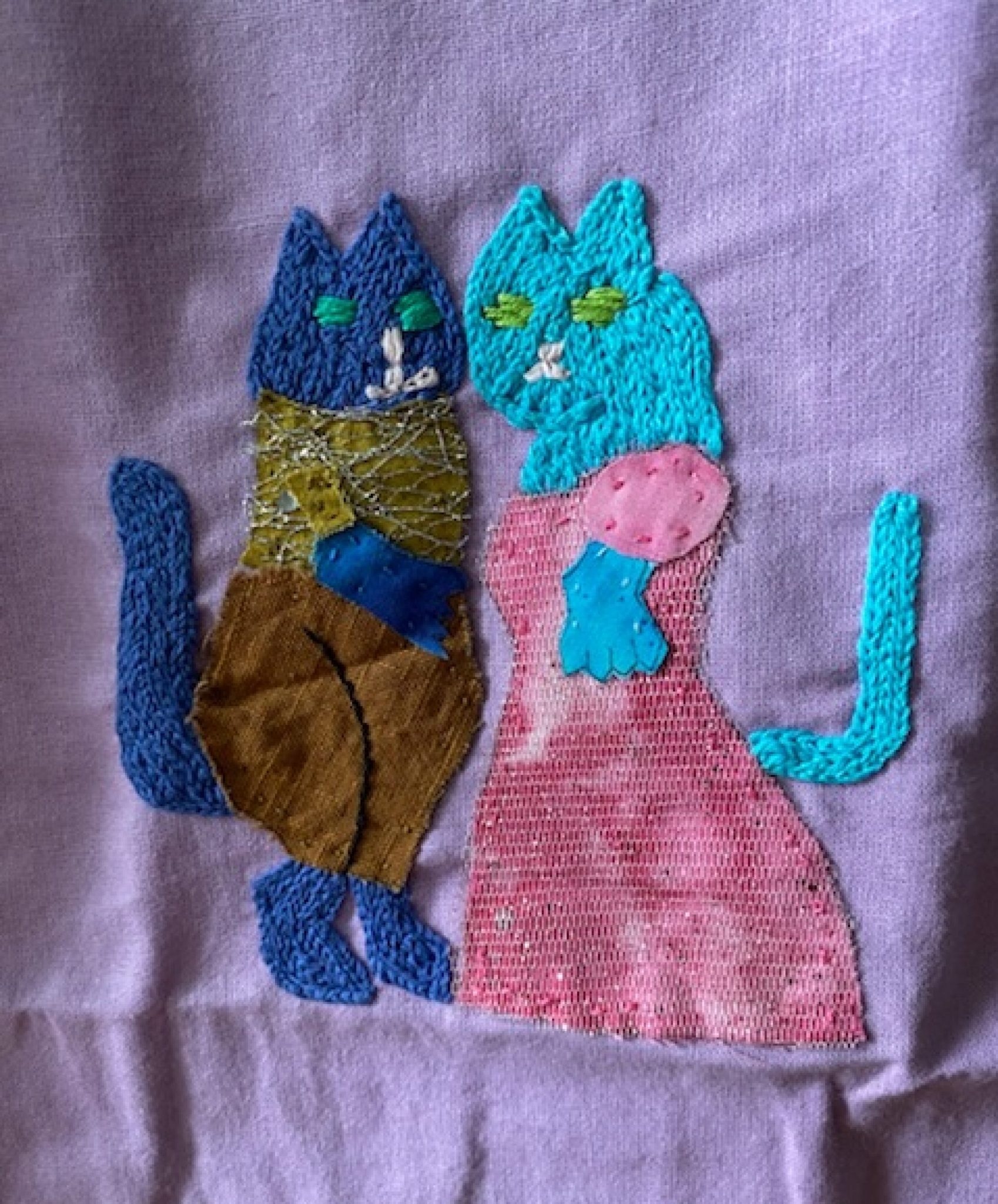How can painting be therapy? Can art therapy work to help someone who uses it? To find out, I interviewed a new and budding artist, who goes by the creative name of Ash. She is 19.
Artist Interview
Question: How long have you been painting?
Answer: Since 2017.
Q: What inspired you to start painting?
A: It was a real hobby for me.
Q: What do you enjoy most about being an artist?
A: I can create something original from my own hands. I like to use colors. It is an expression of myself.
Q: Have you always wanted to be a hobbyist artist?
A: Yes.
Q: How do you paint an artwork for an exhibition?
A: It depends on my creativity on ideas. Painting a canvas for an exhibition is the same as painting an artwork for myself. I may pay more attention to certain aspects of painting when I want to exhibit a piece. I’m a beginner painter so I am not pressurized to conform strictly to artistic standards.
Q: Who is your favorite classical artist who inspires your work?
A: Gauguin, Picasso,
Q: Is naming a painting important to you?
A: No.
Q: Is it difficult to part with your paintings?
A: Yes. They are like my children. I can’t bear to sell them away. I intend to rent them out instead.
Q: What advice can you share with beginning painters?
A: Don’t take painting seriously. Be brave to explore.
Q: What advice would you give to people who want to do painting as therapy for their issues?
A: You don’t have to think about what colors to use, or what brush techniques to use. Just start painting and see where it leads you. When you enjoy doing something, you feel relaxed and happy. That’s how art therapy works for me.
Painting as therapy
You don’t need to know how to paint. Sure, you can enroll for art lessons if you can spend the money. But if you’re on a budget, just scrimp around for some art supplies and you’re ready to start.
You can use photographs to inspire you to copy-paint. It doesn’t matter what the end result looks like. The therapy is in your action. As you paint, you apply rhythmic strokes to your paper or canvas. Rhythm is soothing. You direct your energy and mental thoughts to your painting. You replace negative thoughts with positive ones as you work on your painting.
In the beginning, everyone needs inspiration, by way of a visual source. Hence many amateur artists look at pictures to help them recreate a visual likeness that resembles an art. Later, as you progress, you’ll nurture your own ideas on what you desire your art to look like. Originality is a slow process but you’ll get there.
